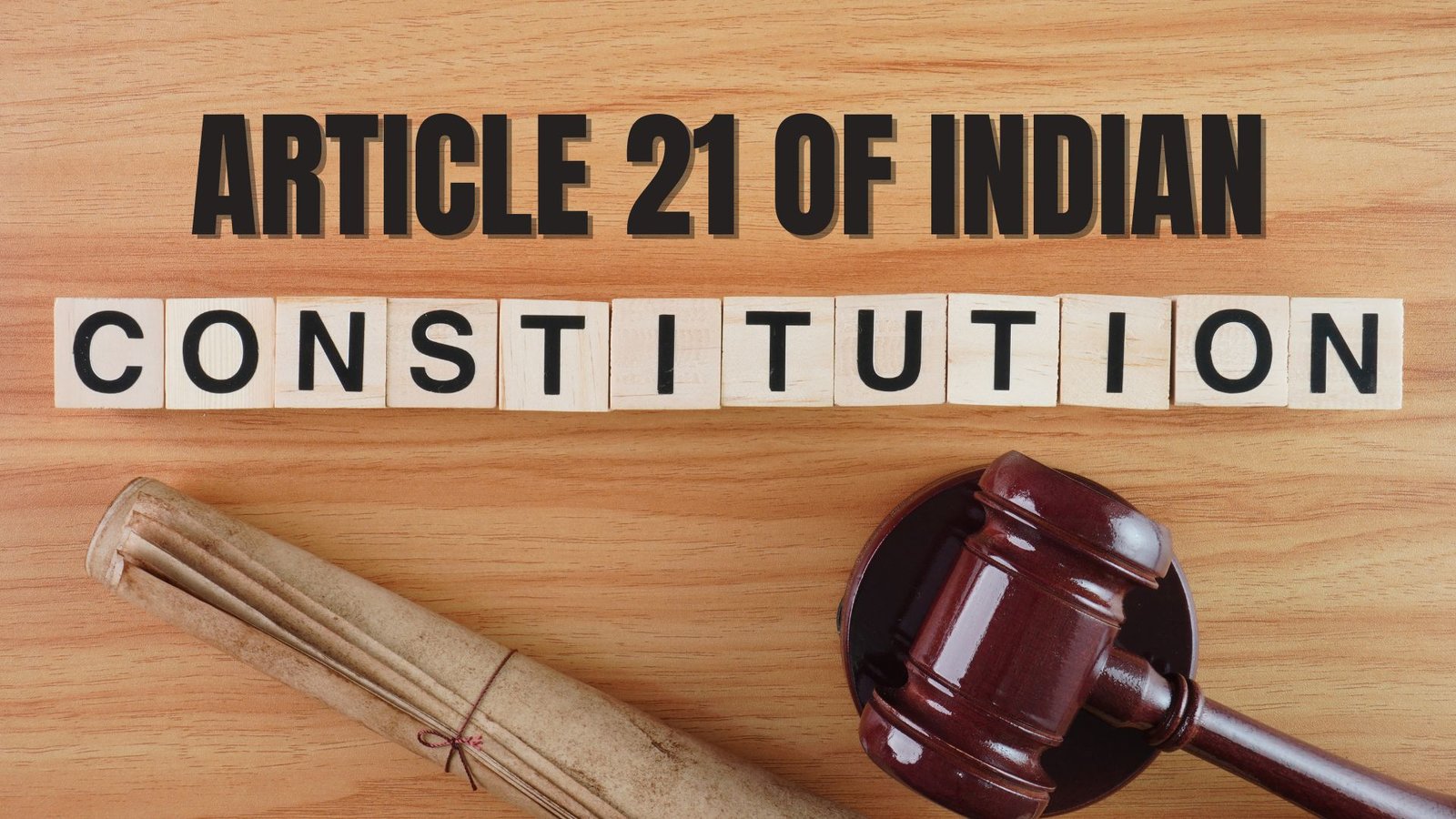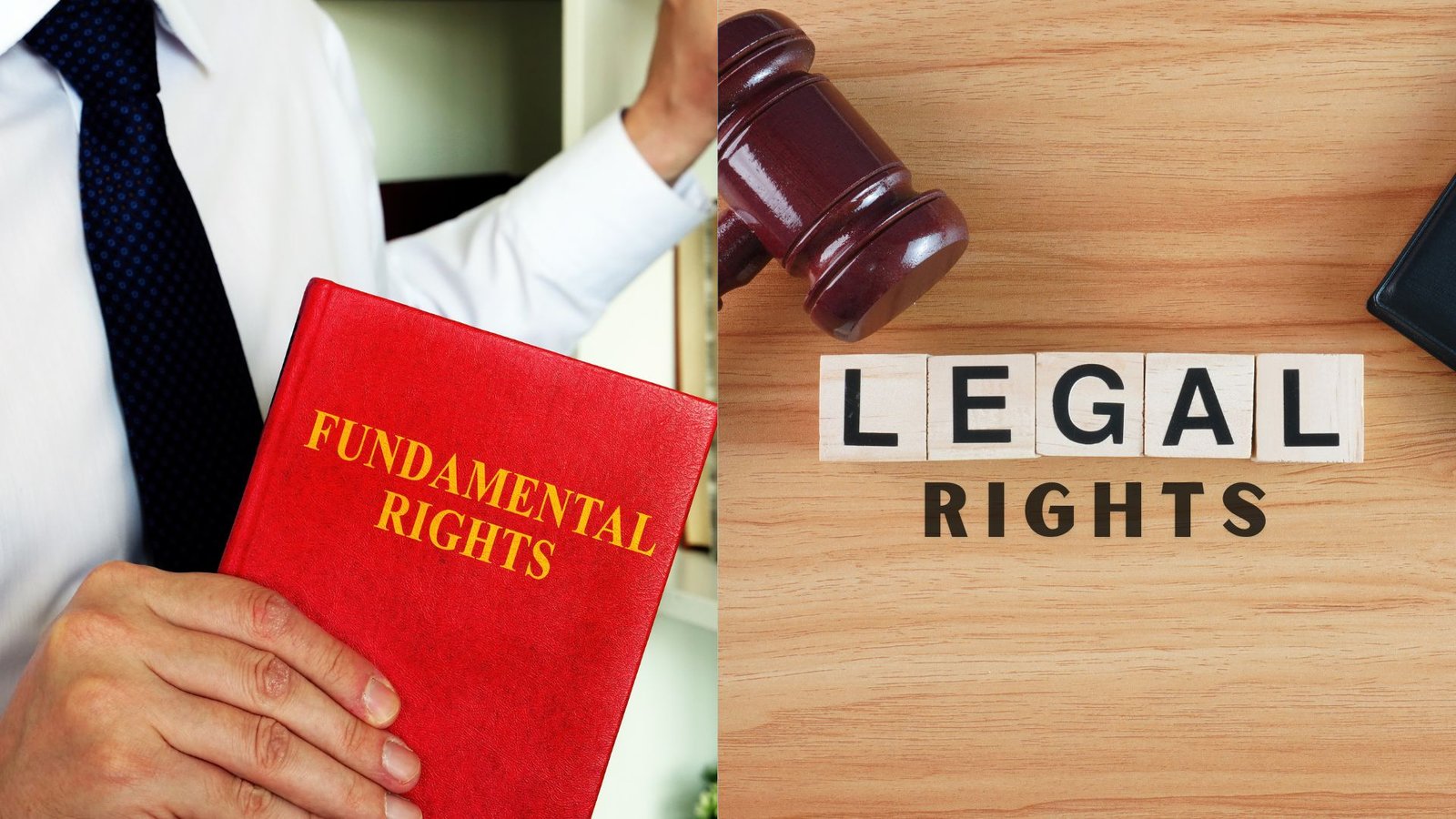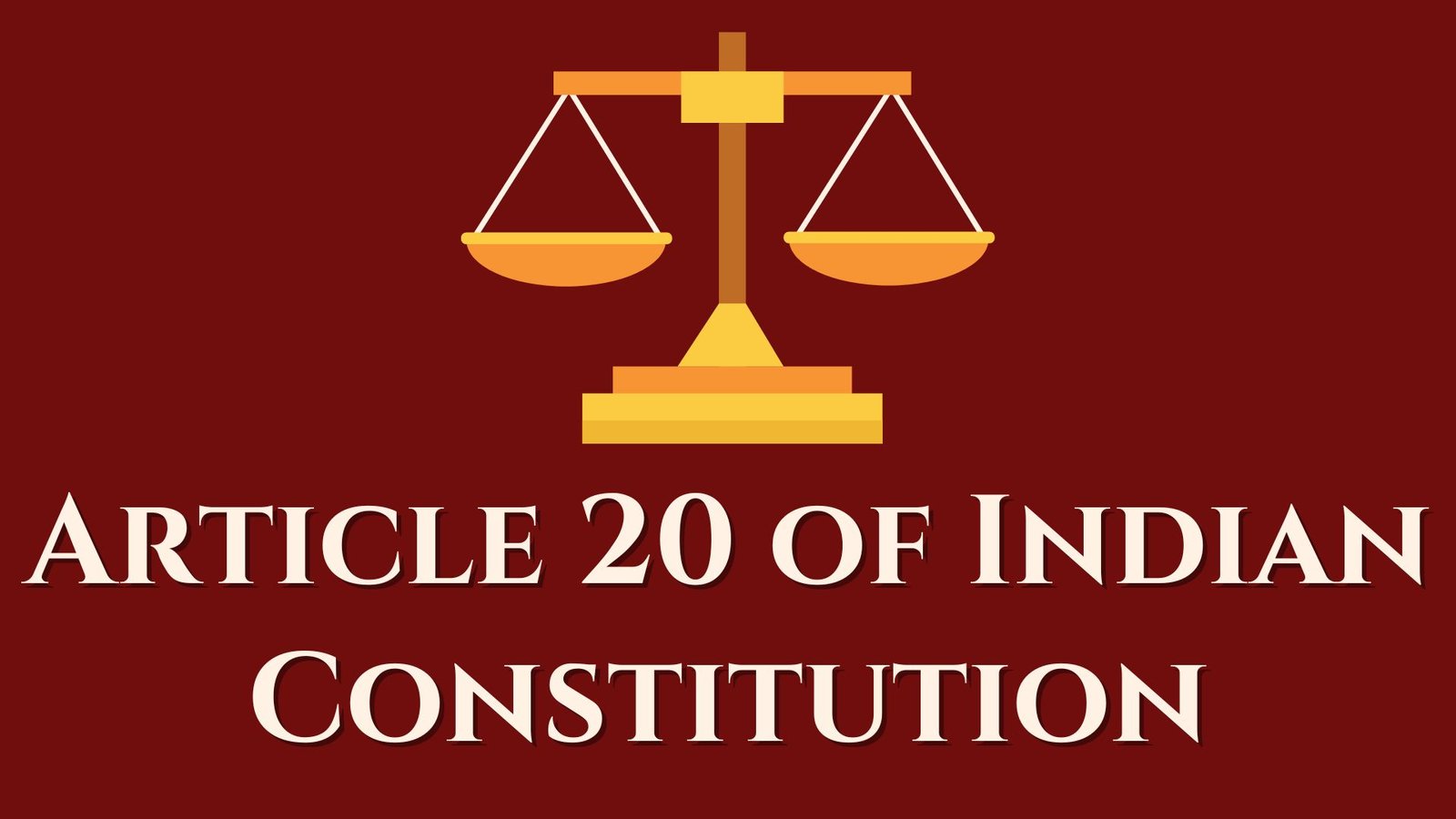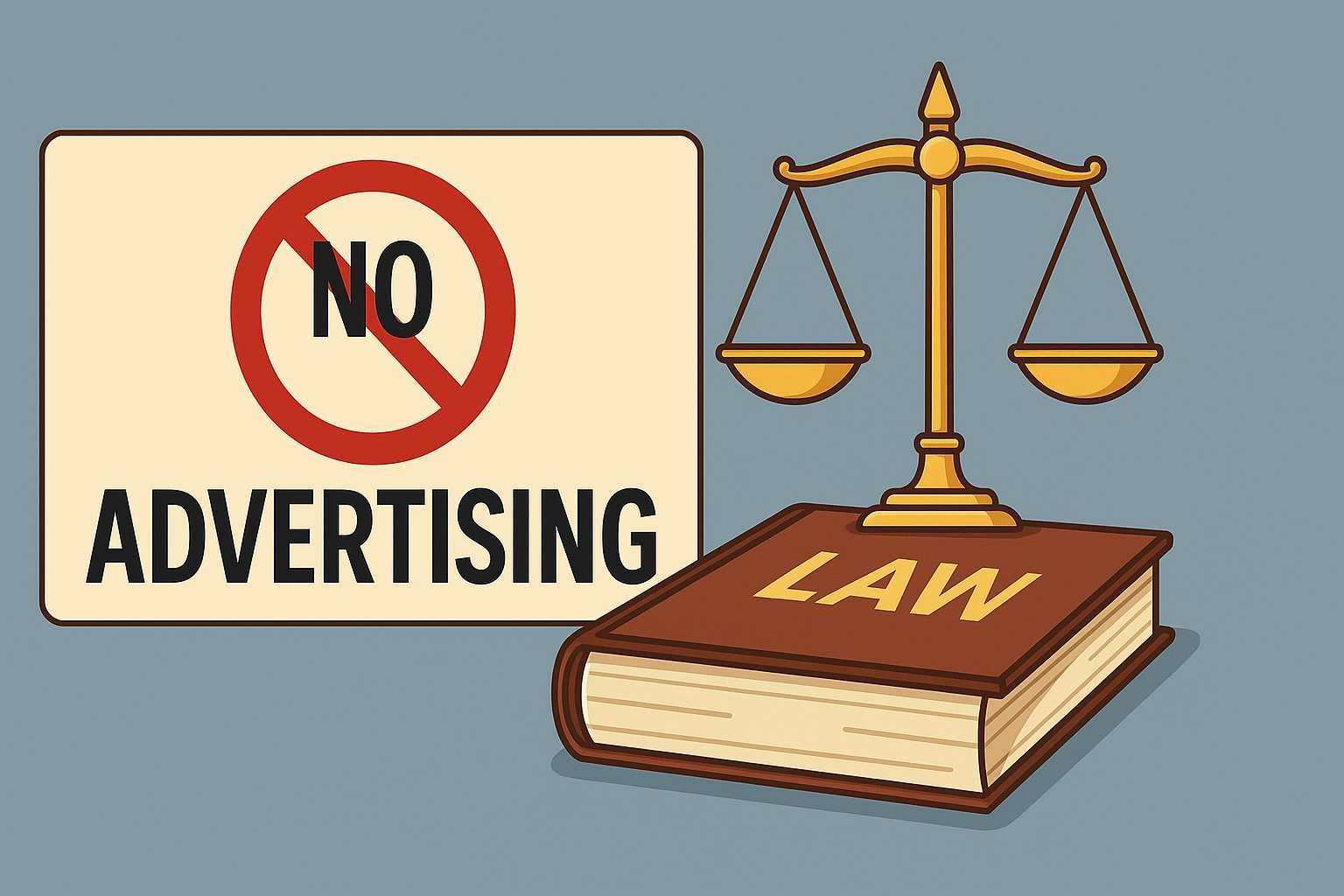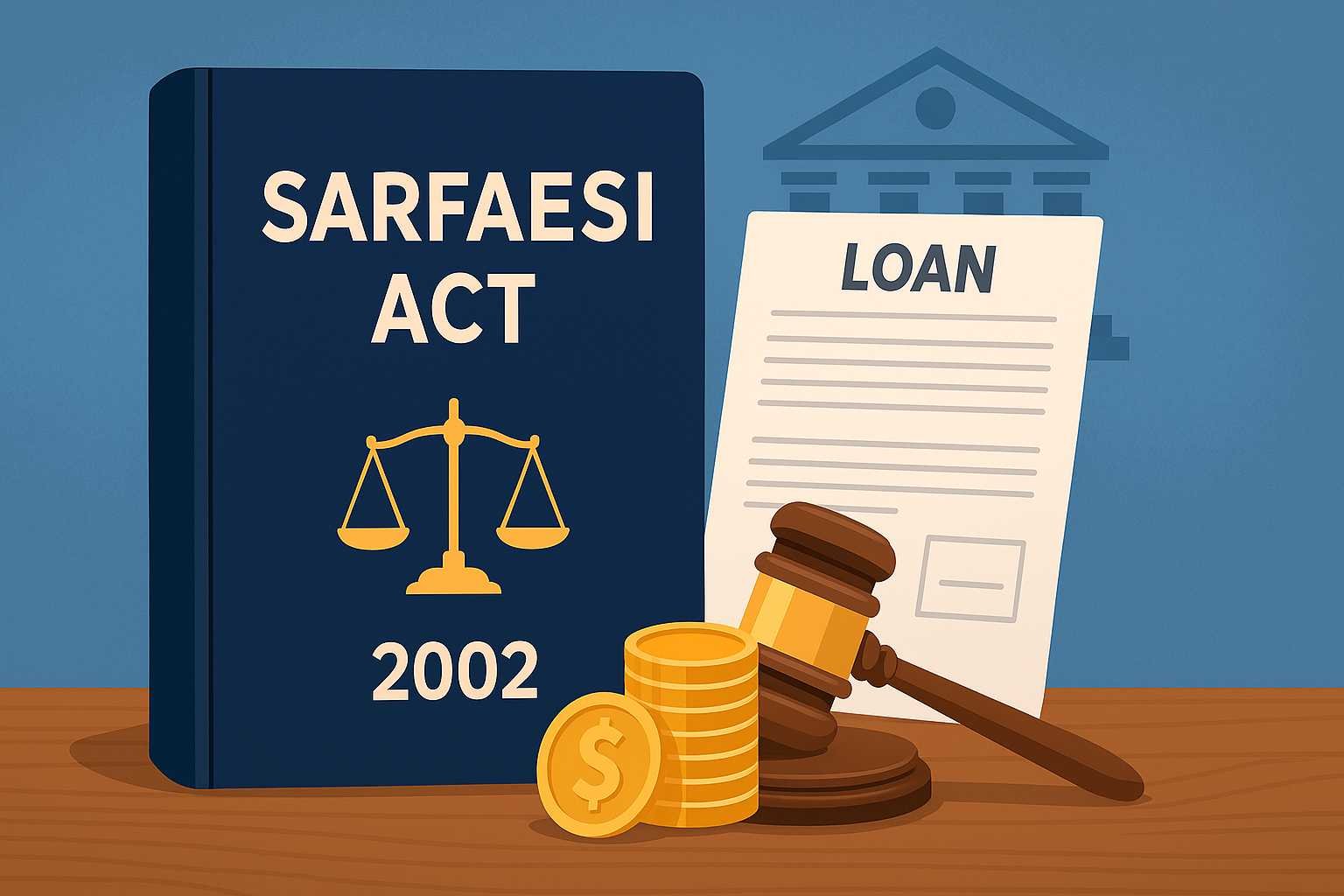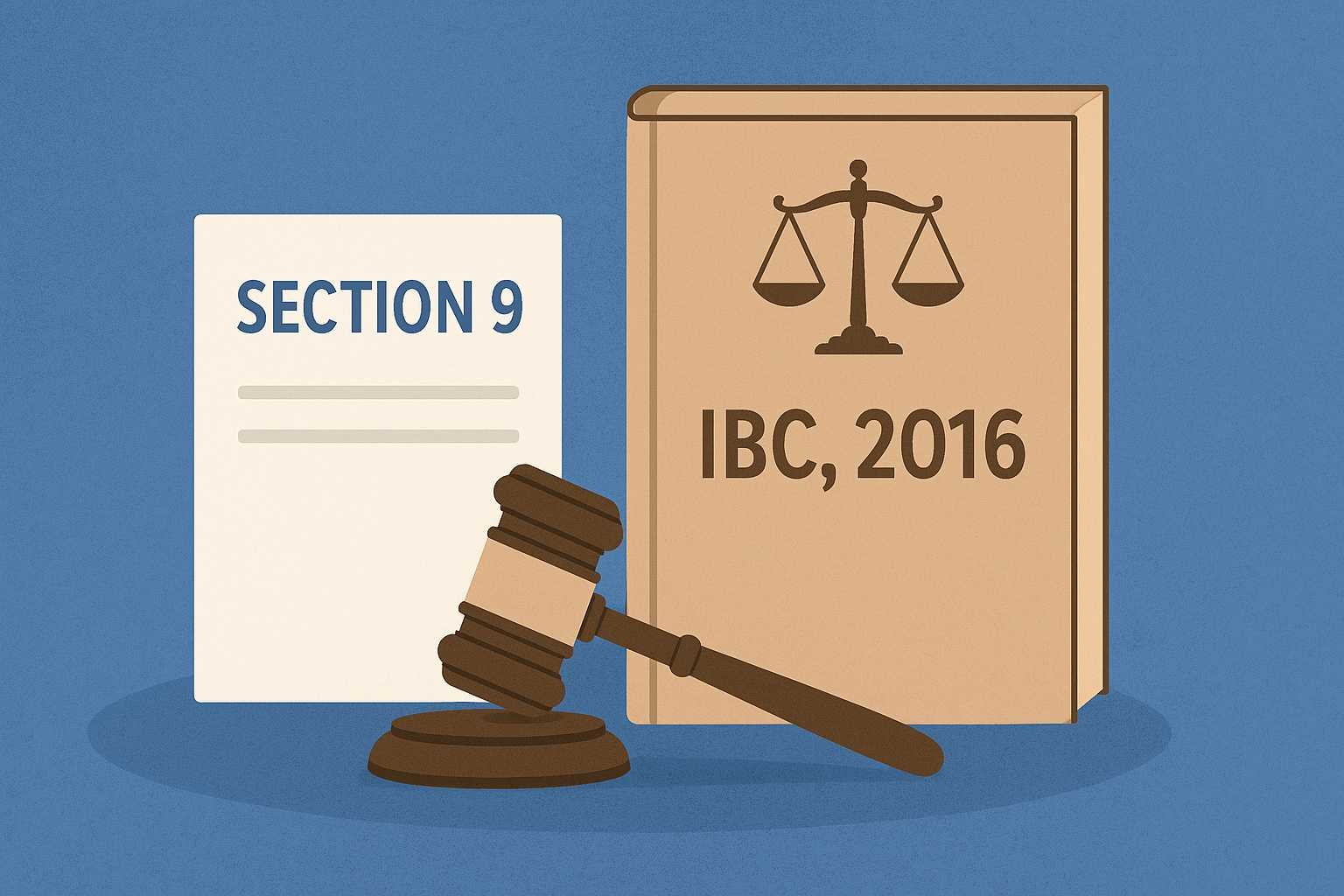On this page you will read detailed information about Article 21 of Indian Constitution.
Article 21, the cornerstone of our fundamental rights, can be found when we go into the core of the Indian Constitution. This crucial clause protects our right to life and personal freedom and has a significant impact on how we live our daily lives. Although we frequently take these rights for granted, they are the cornerstone of our democratic society and influence the way we work, live, and relate to one another.
We’ll explore Article 21’s complexity in this investigation. We’ll examine how the courts have interpreted it over time, extending its application to rights like dignity and privacy. We’ll also look at significant rulings that have expanded its application and the range of rights that result from it. By the time it’s all over, we’ll know more about how Article 21 keeps developing and defending our basic liberties in a world that is constantly evolving.
Understanding Article 21: Right to Life and Personal Liberty
A pillar of fundamental rights, Article 21 of the Indian Constitution ensures the defense of individual liberty and life. It reads, “No person shall be deprived of his life or personal liberty except according to procedure established by law.” This clause, which has been extensively interpreted by the courts over the years, is essential to protecting individual rights.
Definition and scope
Article 21 states that the right to life goes beyond mere physical existence. Personal liberty, as protected by Article 21, isn’t limited to freedom from physical restraint. It includes the right to make personal choices, move freely, and engage in activities essential for a fulfilling life. This broad interpretation ensures that individuals have the freedom to pursue their goals and aspirations without undue interference from the state.
Historical background
The principle of protecting life and personal liberty isn’t unique to the Indian Constitution. Its origins can be seen in historical writings such as the US Constitution from 1791 and the Magna Carta from 1215. This idea was acknowledged internationally in 1948 with the adoption of the Universal Declaration of Human Rights, which said that “everyone has the right to life, liberty, and security of person.”
When drafting the Indian Constitution, the framers were aware of these international precedents. They incorporated Article 21 to ensure that fundamental rights were protected against arbitrary state actions. The provision was designed to safeguard citizens’ rights while allowing for necessary legal procedures.
Key components
The right to life and the right to personal liberty are the two main parts of Article 21. These rights are available to all persons, including non-citizens, highlighting their fundamental nature. The Supreme Court has described Article 21 as the “heart of fundamental rights,” emphasizing its critical role in protecting individual freedoms.
That “procedure established by law” is mentioned in Article 21 is important. Initially interpreted narrowly, it has evolved through judicial decisions. The Supreme Court ruled in the historic Maneka Gandhi case (1978) that this process needs to be “fair, just, and reasonable.” This interpretation expanded the scope of Article 21, ensuring that laws affecting life and liberty are not arbitrary or unjust.
The judiciary has liberally interpreted Article 21 to derive many rights over time. These include the rights to education, health, and privacy as well as the rights to a clean environment and privacy. This expansion has made Article 21 a powerful tool for protecting various aspects of human life and dignity.
It’s important to note that while Article 21 provides robust protection, it’s not absolute. The state can impose reasonable restrictions on these rights in the interest of public order, national security, or other compelling reasons. However, such restrictions must follow due process and be proportionate to the intended objective.
In conclusion, Article 21 of the Indian Constitution stands as a guardian of life and personal liberty. Its evolving interpretation by the courts has ensured that it remains relevant and responsive to changing societal needs, making it a vital component of India’s constitutional framework.
In the previous post, we had shared information about Article 15 of the Indian Constitution, so read that post also.
Landmark Judgments Expanding Article 21
Over the years, the Supreme Court of India has significantly expanded the scope of Article 21 of the Indian Constitution through several landmark judgments. These rulings have played a crucial role in shaping the interpretation of the right to life and personal liberty, making it more comprehensive and responsive to evolving societal needs.
Maneka Gandhi Case
In terms of how Article 21 is interpreted, the 1978 Maneka Gandhi v. Union of India case was marked as turning point. In addition to highlighting the need for a fair, just, and reasonable legal process, this historic ruling increased the extent of individual liberty. The court determined that, in accordance with Article 21, the freedom to travel abroad is part of the right to personal liberty.
The “golden triangle” rule—which was established by the court’s ruling in this case—connects Articles 14, 19, and 21 of the Constitution. A law that takes away someone’s personal liberty must not only satisfy with Article 21’s requirements but also pass the tests Articles 14 and 19’s standards because of their interconnectedness.
Olga Tellis Case
Another significant judgment that expanded the scope of Article 21 was the Olga Tellis vs. Bombay Municipal Corporation case in 1985. This case dealt with the rights of pavement dwellers and slum inhabitants in Mumbai. The petitioners challenged the decision of the authorities to evict them forcibly, arguing that it would deprive them of their right to livelihood.
The Supreme Court recognized that the right to livelihood is an integral part of the right to life under Article 21. The court held that evicting a person from their dwelling without providing an alternative would amount to depriving them of their right to livelihood and consequently their right to life . This judgment highlighted the interconnectedness of various rights and the need to consider the socio-economic realities of marginalized communities.
Other significant rulings
Several other important judgments have further expanded the scope of Article 21:
- Francis Coralie vs. Union Territory of Delhi: This case established that the right to live with human dignity includes access to basic necessities such as adequate nutrition, clothing, and shelter .
- Vishakha vs. State of Rajasthan: This landmark case led to the creation of guidelines to protect women from sexual harassment at the workplace, recognizing it as a violation of the right to life and dignity under Article 21 .
- Vellore Citizens Welfare Forum vs. Union of India: The court held that the right to a clean environment is part of the right to life under Article 21, emphasizing the principle of sustainable development .
- Justice K.S. Puttaswamy (Retd.) vs. Union of India: In this landmark judgment, the Supreme Court recognized the right to privacy as a fundamental right under Article 21, having far-reaching implications in the digital age .
- Common Cause vs. Union of India: The court held that the right to die with dignity is part of the right to life under Article 21, allowing for passive euthanasia under certain circumstances 5.
These judgments demonstrate the evolving nature of Article 21 and its ability to address contemporary issues. The Supreme Court’s expansive interpretation has transformed Article 21 from a mere protection against arbitrary state action to a positive right encompassing various aspects of human life and dignity.
Through these landmark rulings, the judiciary has played a crucial role in safeguarding individual rights and ensuring that the Constitution remains a living document, capable of addressing the changing needs of society. The expansive interpretation of Article 21 has made it a powerful tool for protecting various aspects of human life and dignity, reinforcing its status as a cornerstone of fundamental rights in the Indian Constitution.
Key Rights Derived from Article 21
Over the years, the Supreme Court of India has expanded the scope of Article 21 of the Indian Constitution, interpreting it to include various rights essential for a dignified life. This interpretation has led to the recognition of several key rights derived from the fundamental right to life and personal liberty.
Right to livelihood
The right to livelihood has been recognized as an integral part of the right to life under Article 21. In the landmark case of Olga Tellis v. Bombay Municipal Corporation, also known as the ‘Pavement Dwellers Case’, the Supreme Court held that the right to livelihood is borne out of the right to life 1. The court emphasized that depriving a person of their means of livelihood would effectively deprive them of their right to life.
The court noted that Article 21’s sweep of the right to life is comprehensive and far-reaching. It goes beyond mere physical existence and includes all aspects that make life meaningful and worth living . The court said, “That which alone makes it impossible to live, leave aside what makes life livable, must be deemed to be an integral part of the right to life” .
However, it’s important to note that the right to livelihood is not absolute. Article 21 allows for deprivation of this right according to procedure established by law, which must be fair, just, and reasonable .
Right to privacy
The right to privacy, though not explicitly mentioned in the Constitution, has been interpreted as a fundamental right under Article 21. This interpretation has evolved through various judgments over the years.
In the case of R. Rajagopal v. State of Tamil Nadu (1994), the Supreme Court recognized an individual’s right to control their personal information . This judgment set the stage for future rulings on the right to privacy.
The landmark judgment in Justice K.S. Puttaswamy (Retd.) v. Union of India (2017) unanimously held that the right to privacy is a fundamental right protected under Article 21 . The court emphasized that privacy is an intrinsic part of the right to life and personal liberty, and it includes the preservation of personal intimacies, family life, sexual orientation, and more .
The court also noted that privacy attaches to the person and is not lost merely because an individual is in a public place 5. This judgment has far-reaching implications, especially in the digital age, and has set the foundation for data protection laws in India.
Right to education
The right to education was initially recognized as a part of the right to life under Article 21 through judicial interpretation. However, it was later explicitly included in the Constitution through the 86th Amendment Act, 2002, which inserted Article 21-A 6.
Article 21-A provides for free and compulsory education to all children between the ages of six and fourteen years . This right was further strengthened by the Right of Children to Free and Compulsory Education (RTE) Act, 2009, which came into effect on April 1, 2010 .
The RTE Act ensures that every child has the right to full-time elementary education of satisfactory and equitable quality in a formal school . It prohibits physical punishment, mental harassment, screening procedures for admission, capitation fees, and private tuition by teachers .
These derived rights demonstrate the expansive interpretation of Article 21 by the Indian judiciary. By recognizing these rights as integral to the right to life and personal liberty, the courts have ensured that Article 21 remains a powerful tool for protecting various aspects of human dignity and well-being in India.
Conclusion
Article 21 of the Indian Constitution has proven to be a powerful safeguard for individual rights and freedoms. Its broad interpretation by the Supreme Court has had a significant impact on various aspects of citizens’ lives, from privacy and education to livelihood and environmental protection. This expansive view has transformed Article 21 from a mere protection against arbitrary state action into a positive right encompassing numerous facets of human dignity.
Looking ahead, Article 21 will likely continue to evolve to address new challenges in our rapidly changing world. Its flexibility and the judiciary’s proactive approach suggest that it will remain a crucial tool to protect fundamental rights in India. The protection of the right to life and personal liberty safeguarded by Article 21 will surely remain crucial as society struggles with new concerns like climate change and technological advancements. These ideals of justice and equality are enshrined in the Indian Constitution.
Disclaimer
The information and services on this website are not intended to and shall not be used as legal advice. You should consult a Legal Professional for any legal or solicited advice. While we have good faith and our own independent research to every information listed on the website and do our best to ensure that the data provided is accurate. However, we do not guarantee the information provided is accurate and make no representation or warranty of any kind, express or implied, regarding the accuracy, adequacy, validity, reliability, availability, or completeness of any information on the Site. UNDER NO CIRCUMSTANCES SHALL WE HAVE ANY LIABILITY TO YOU FOR ANY LOSS OR DAMAGE OF ANY KIND INCURRED AS A RESULT OR RELIANCE ON ANY INFORMATION PROVIDED ON THE SITE. YOUR USE OF THE SITE AND YOUR RELIANCE ON ANY INFORMATION ON THE SITE IS SOLELY AT YOUR OWN RISK. Comments on this website are the sole responsibility of their writers so the accuracy, completeness, veracity, honesty, factuality and politeness of comments are not guaranteed.
So friends, today we talked about Article 21 of Indian Constitution, hope you liked our post.
If you liked the information about Article 21 of Indian Constitution, then definitely share this article with your friends.
Knowing about laws can make you feel super smart ! If you find value in the content you may consider joining our not for profit Legal Community ! You can ask unlimited questions on WhatsApp and get answers. You can DM or send your name & number to 8208309918 on WhatsApp

